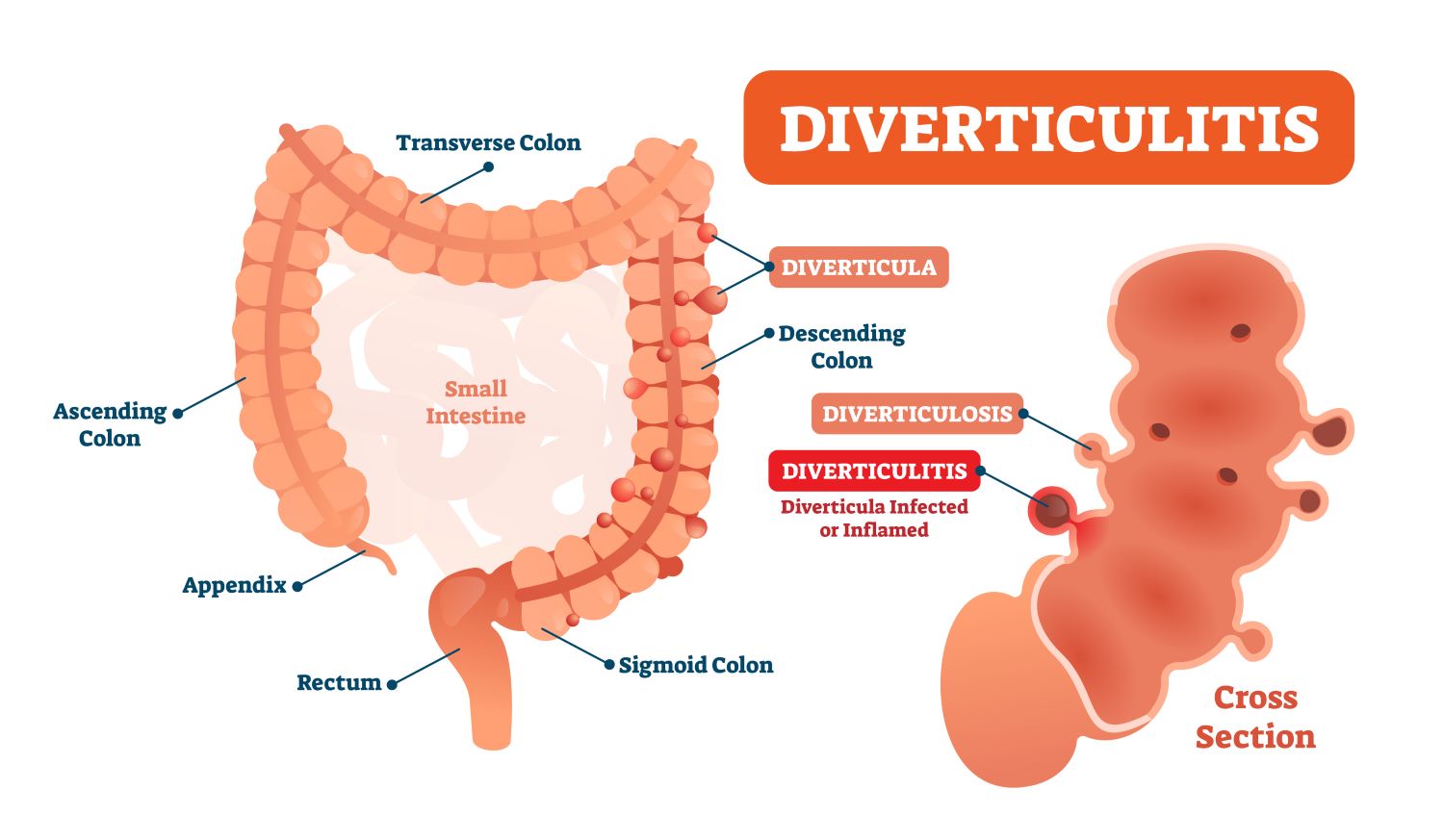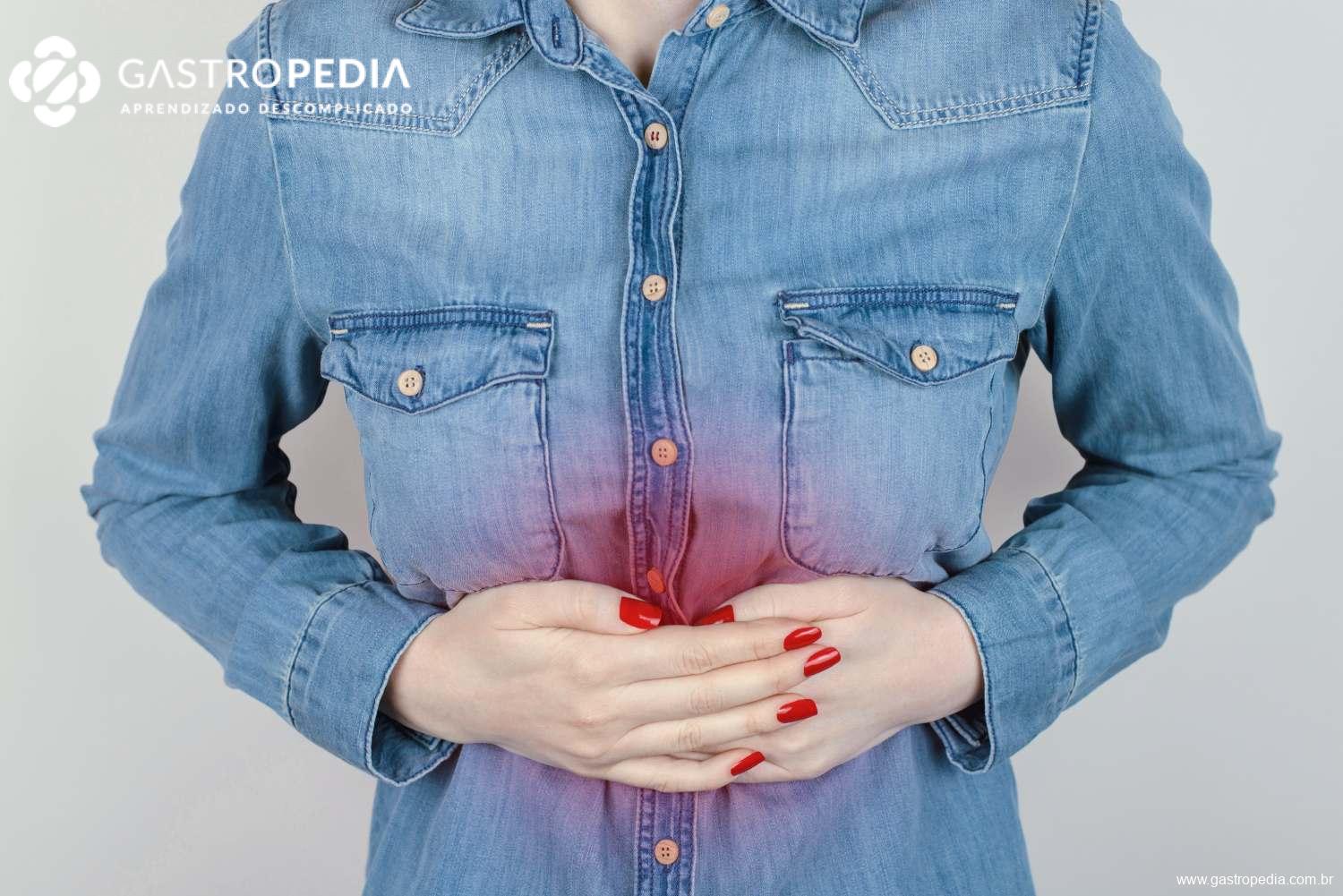Celiac Disease: Diagnosis, Diet, and Treatment
Celiac disease is an autoimmune disorder in which the body reacts abnormally to gluten, that is, creating antibodies that attack the body itself.
Gluten is a protein found in wheat, barley, and rye. When consuming foods derived from these ingredients, the immune system attacks part of the intestine, resulting in poor nutrient absorption, diarrhea, and other problems.
Learn what the symptoms are, how celiac disease is diagnosed, the treatment, and what is myth about this condition.
What are the symptoms of celiac disease?
The development of celiac disease can occur already in childhood, however, adults can also manifest the disease throughout life.
The symptoms are related to damage to the intestinal wall, caused by the attack of autoantibodies. These damages cause poor intestinal absorption, which can lead to symptoms such as:
- anemia;
- low nutrient absorption;
- chronic diarrhea;
- abdominal pain;
- lack of appetite;
- swelling in the belly;
- osteoporosis;
- weight loss and malnutrition.
How is the diagnosis made?
The diagnosis of celiac disease is made by a gastroenterologist, who performs a clinical examination to analyze the symptoms and a biopsy of the intestine through upper endoscopy.
Blood tests for the search of autoantibodies are also necessary for diagnostic confirmation. In some cases, genetic tests are also performed.
How is the treatment done?
Celiac disease has no cure. Being an autoimmune disease, the best treatment consists of a total gluten restriction.
By excluding this protein from the diet, the patient will notice that the symptoms disappear. Clearly, it is not an easy approach, and people usually have a lot of difficulty living with dietary restrictions.
However, since there is no cure, celiac disease directly depends on diet to be kept under control. The diet must be followed rigorously by the patient for the rest of their life.
Important: if not treated, celiac disease can lead to serious health problems, such as malnutrition, infertility, and even neoplasms such as lymphoma.
Gluten-free diet
Patients are advised by the doctor about the appropriate diet to contain the symptoms. In addition, a series of precautions must be taken to avoid the risk of cross-contamination when preparing food.
During the first months of treatment, the doctor may consider restricting the consumption of milk and derivatives to observe if the patient also suffers from lactose intolerance, which is often secondary to intestinal damage.
The doctor may also recommend that the patient seek help from a specialized nutritionist to assist in dietary adaptations.
Important: the patient with celiac disease needs to get used to reading the labels of industrialized foods. The brands themselves write a warning to those intolerant to gluten and lactose.
Attention to labels!
Federal Law No. 10.674 of 2003 ensures that all industrialized foods must mandatorily inform the presence or absence of gluten on their labels to guarantee the right to health of people with celiac disease.
Myths about celiac disease
There are still several myths surrounding celiac disease, the main ones being:
Celiac disease is a food allergy
There is confusion regarding celiac disease. Many people consider it a food allergy, but it is a much more complicated condition.
On one hand, a food allergy consists of a reaction of the body to the consumption of a certain food, occurring soon after its consumption, with symptoms such as shortness of breath and skin rashes.
Celiac disease, on the other hand, can progress slowly and silently, with mild symptoms that become increasingly pronounced until the patient realizes something is wrong with the body.
Only digestive symptoms are caused by celiac disease
Here is another common mistake regarding the understanding of the disease. Although the most classic symptoms are pains in the abdomen, nausea, gas, diarrhea, and weight loss, celiac disease can cause other problems not related to the digestive system, such as:
- mood changes;
- anemia;
- fatigue;
- dermatitis herpetiformis;
- joint pain;
- tingling in the hands and feet;
- lesions in the mouth;
- irregular menstruation;
- growth problems (in children).
Celiac disease is not serious
Celiac disease, like any autoimmune disease, can cause serious complications if not properly treated. Some of these complications involve:
- neoplasms such as lymphoma;
- malnutrition;
- infertility and spontaneous abortion;
- osteoporosis;
- neurological problems.
Learn more about celiac disease and the digestive system at EndoBlog
If you are interested in topics involving the digestive system, such as celiac disease and upper endoscopy, follow EndoBlog, a portal that links various information aiming to promote truthful knowledge to the population.
Browse EndoBlog and check out other content developed by our team of doctors and specialists.


